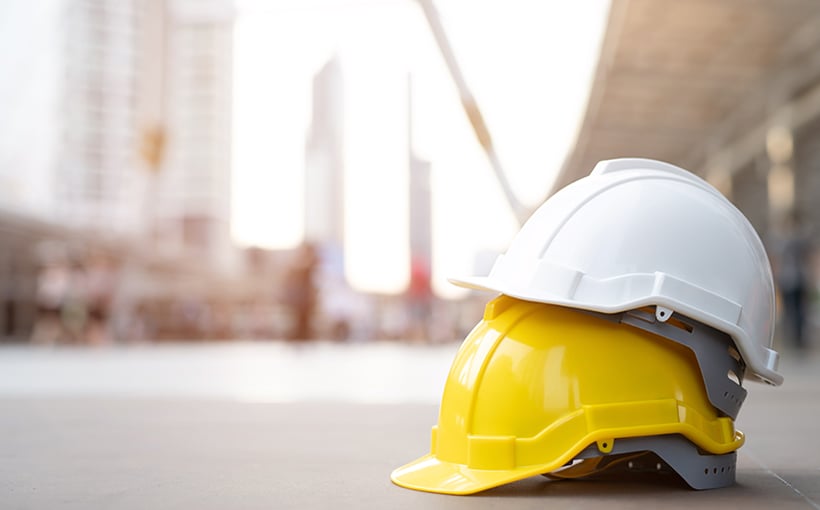According to a recent report from StorageCafe, the real estate construction industry in the United States has experienced significant growth since 1980. However, this growth has not been evenly distributed among all cities. The report, titled “Top Cities for Real Estate Development: Sunbelt Cities Dominate Growth Olympics for Nearly Half a Century,” highlights how certain southern and southwestern cities have emerged as leaders in real estate development.
The author of the report, Maria Gatea, explained that this research was conducted to better understand the current state of real estate development in response to population growth and economic changes across the country. The methodology involved analyzing construction activity from 1980 to 2023 across various property types such as single-family homes, multifamily buildings, industrial spaces, offices spaces,and retail properties. This data was then used to rank the top 100 largest cities based on their level of development over a period of more than four decades.
Gatea noted that examining trends over time can provide valuable insights into current challenges and opportunities within different sectors of real estate construction. This information can help identify areas with potential for future growth and determine which sectors are best positioned for further development.
The report also highlighted how there have been significant shifts in focus within different property types since 1980. While office buildings and shopping malls were popular during that decade,the focus has now shifted towards residential properties such as single-family homesand multifamily units due to an estimated housing deficitof around3 million unitsinthe US.Additionally,the demandfor self-storage facilitieshas increased significantlyin urban areas where smaller living spaces are common.Gatea pointed outthatthis trend is likely driven by consumer behaviorand business operations.In fact,e-commerce saleshave ledtoan increase indemandforindustrial space,suchas logistics centersand fulfillment warehouses.Thecurrent decadehas seenamassive boostinindustrialconstructionwithover515 millionsquare feetof new spacebeing delivered each year,which is more than double the previous decade’s output.
Gatea also noted that these trends have important implications for the future of real estate development. The report suggests that there will continue to be a strong demand for housing as population growth and economic changes persist. However, developers must work towards making housing more affordable in order to meet this growing demand.
The changing needs of consumers and businesses are also driving growth in specific sectors such as self-storageand industrial spaces. This highlights the importance of adaptabilityin real estate development, with traditional retail spaces declining while mixed-use developments incorporating residential, commercial,and retail components are becoming increasingly popular.Additionally,the riseof hybrid work arrangementsmay require reimagining conventional office spacesin orderto accommodate these new demands.
In conclusion,Gatea emphasizedthe needfor developers to anticipate and embrace shifting consumer behaviorsand business operationsin order to stay ahead in an ever-evolving industry.Building adaptablespaceswill be crucialto successasreal estatetrendscontinue tomorphover time.Thisreport servesas a valuable resourcefor understandingthe current stateof constructionactivityacross different citiesand property types,and can help informfuture decisionswithinthereal estatemarket.




